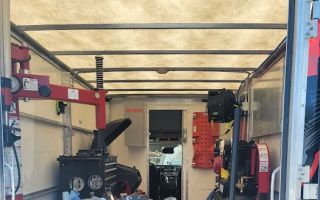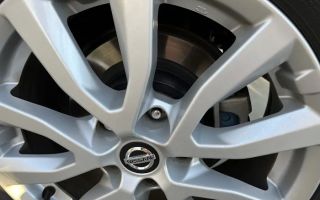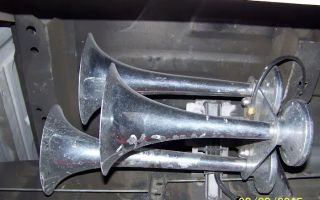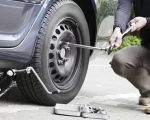- 1-Understanding-When-Push-Starting-Is-Appropriate
- 2-Preparation-and-Safety-Measures-Before-Push-Starting
- 3-Step-by-Step-Process-to-Safely-Push-Start-Your-Car
- 4-Common-Mistakes-to-Avoid-When-Push-Starting
- 5-Alternative-Methods-for-Starting-a-Car-with-a-Dead-Battery
- 6-When-to-Call-Professional-Help-and-Roadside-Assistance
1. Understanding When Push Starting Is Appropriate
Knowing how to safely push start a car with a dead battery begins with understanding which vehicles this method applies to. Push starting, also known as bump starting, works primarily with manual transmission vehicles. Automatics and newer models with advanced electronics often cannot be push started and attempting to do so can cause damage.
This method involves using the car’s momentum to turn the engine over and start it without relying on the battery power. It’s a practical emergency solution when jumper cables or a jump starter aren’t available.
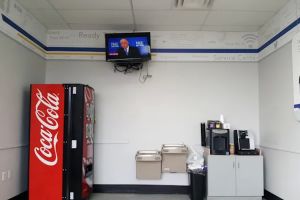
NTB-National Tire & Battery
6315 Prentiss School Dr, Canal Winchester, OH 43110, USA
2. Preparation and Safety Measures Before Push Starting
Preparation is key to push starting safely. Before attempting, ensure you have enough space on a flat or gently sloping road, free from traffic hazards. Enlist at least one or two helpers to assist in pushing the vehicle.
Put on the parking brake, turn the ignition to the "on" position, and press the clutch pedal fully. Always communicate clearly with your helpers to coordinate the push and avoid sudden moves. Wearing gloves and sturdy shoes improves safety.
Inspect the surroundings and confirm the vehicle is in neutral before starting the push.

Pep Boys
1200 W Washington Blvd, Los Angeles, CA 90007, USA
3. Step-by-Step Process to Safely Push Start Your Car
Follow these detailed steps to safely push start your car with a dead battery:
- Turn the ignition key to the "on" position.
- Press the clutch pedal fully and shift into second gear (first gear can cause jerky starts).
- Release the parking brake.
- Have helpers push the car until it reaches a speed of about 5-10 mph.
- Quickly release the clutch pedal while giving a slight press on the accelerator.
- If successful, the engine will turn over and start. Immediately press the clutch again and keep the engine running.
- Drive for at least 15-20 minutes to allow the alternator to recharge the battery.
Always be ready to brake safely if the engine does not start.
4. Common Mistakes to Avoid When Push Starting
Many attempts to push start a car fail due to simple mistakes. Avoid shifting into first gear, as it may stall the engine or cause jerky movements. Do not release the clutch too slowly or too abruptly, as this can damage the transmission or stall the engine.
Also, ensure the car is not on a steep hill and that the helpers are positioned safely. Never attempt push starting on busy roads or slippery surfaces to prevent accidents.
Correct technique and caution are essential to protect both the vehicle and passengers.
5. Alternative Methods for Starting a Car with a Dead Battery
If push starting is not feasible, other options exist. Using jumper cables with a donor vehicle is a common method, requiring basic knowledge of cable connections and safety. Portable jump starters are convenient tools for quick self-help without needing assistance.
Battery replacements or charging with a trickle charger are longer-term solutions for recurring battery problems. Understanding these alternatives ensures you’re prepared for various roadside situations.
Keep necessary equipment in your car and familiarize yourself with their use for peace of mind.
6. When to Call Professional Help and Roadside Assistance
Knowing when to contact professionals is crucial. If your vehicle won’t start after multiple attempts, or if push starting is unsafe or impossible due to vehicle type or location, calling roadside assistance is the safest choice.
Professional services like Rescue & Towing offer expert help, minimizing risk and damage. They can provide jump starts, battery replacements, or towing if needed. Investing in a membership or having emergency contacts handy can save time and stress during breakdowns.
Mastering How to Safely Push Start a Car with a Dead Battery
Understanding how to safely push start a car with a dead battery empowers drivers to handle emergencies confidently. While effective for manual cars, safety and proper technique are paramount to avoid injury or vehicle damage.
For additional support, expert tips, and reliable roadside services, Rescue & Towing stands ready to assist you with quality care and prompt response.




